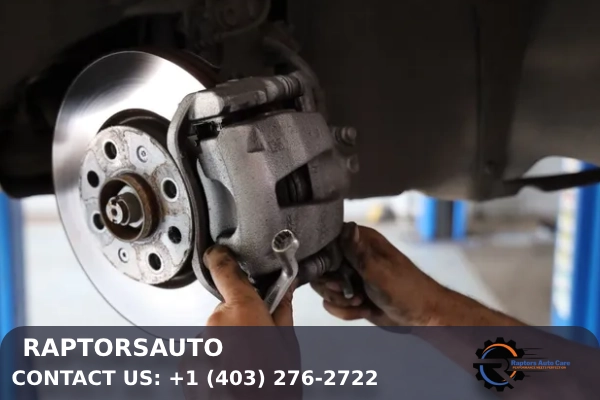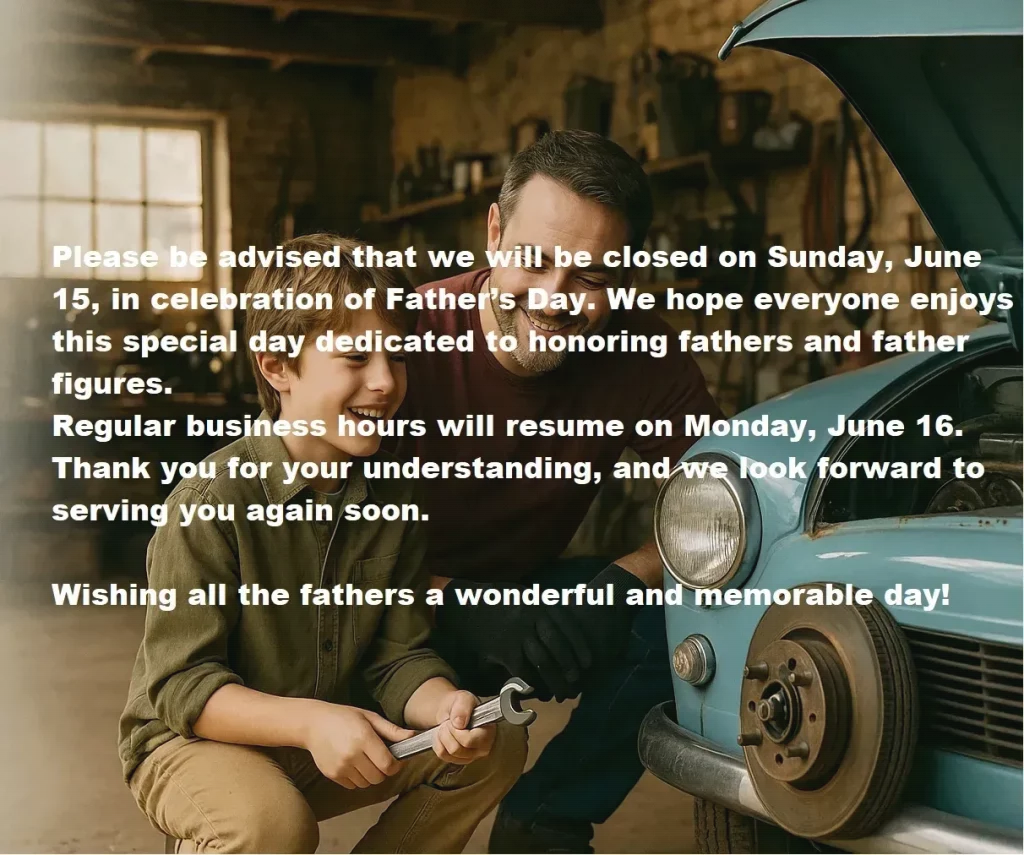Extend the Life of Brakes
Extend the life of brakes by making smart, proactive choices that improve both safety and vehicle performance. This isn’t just about saving money—it’s about maximizing the effectiveness of your car’s most critical safety system.
Whether you’re a seasoned driver or just starting out, learning how to extend the life of brakes will keep you on the road longer and with fewer maintenance headaches.
It’s also an eco-conscious move that cuts down on waste from worn-out parts while helping you stay protected in every driving condition.
In this guide, we’ll break down practical, real-world tips to help extend the life of brakes, go over clear signs that brake pads should be replaced when needed, and highlight some of the most common bad habits that contribute to brake wear.
You’ll also learn how different environmental conditions and vehicle maintenance routines can make or break the lifespan of your braking system.
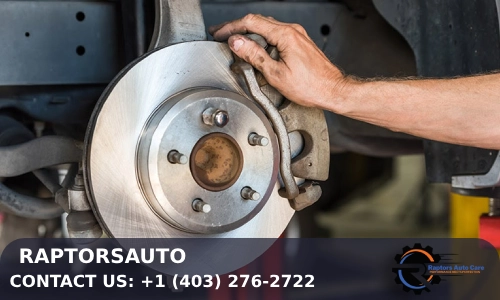
Why It Matters to Extend the Life of Brakes
Brakes are one of the most important safety systems in any vehicle. When they’re in poor condition, your ability to stop quickly and safely is seriously reduced.
Worn-out brakes also stress other parts of the system like rotors, calipers, and tires. By learning how to extend the life of brakes, you’re helping your entire vehicle stay in better shape.
Neglecting brake care leads to higher maintenance costs down the line. Preventative action is always cheaper and safer than emergency repairs after a failure. A well-maintained braking system also improves fuel efficiency and overall vehicle responsiveness.
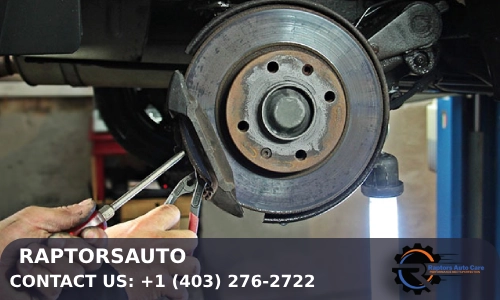
👉 Trusted Brake Service and Replacement Experts in Calgary for Safer Driving Today 👈
Top Driving Habits to Extend the Life of Brakes
Drive Smoothly and Anticipate Stops
Slamming on the brakes forces friction material to wear down faster. Smooth, progressive braking helps maintain consistent contact between the pads and rotors. Stay alert while driving so you can begin slowing down well before a stop sign, light, or traffic jam.
Watch the flow of traffic ahead, keep your eyes several cars down the road, and remove your foot from the gas pedal early to coast naturally. It’s a small shift in behaviour that makes a big difference.
Reduce Speed and Avoid Riding the Brakes
Speed directly impacts how much energy your brakes need to dissipate. The faster you’re going, the more kinetic energy your brakes have to convert into heat. This causes faster pad wear and can warp rotors.
Avoid keeping your foot lightly pressed on the brake pedal for extended periods—especially on downhill grades. If you’re driving an automatic, use lower gear settings to help control speed through engine braking instead.
Lighten Your Load
Your car’s braking system was designed to stop a vehicle within a certain weight range. Overloading it with unnecessary cargo places excess demand on the brakes and increases the heat generated during each stop.
Remove heavy gear, tools, or items from your trunk when not in use. If you regularly haul cargo or tow, consider upgrading to performance brakes designed for heavier loads.
Use Engine Braking When Possible
Engine braking isn’t just for manual drivers. Even automatics allow gear shifting into lower ranges when descending hills or coming to a stop. This reduces stress on the brake pads, allowing them to cool and last longer.
When used correctly, engine braking enhances control and stability, especially on slick or steep roads. It’s a habit that pays off over the life of your vehicle.
Maintain Safe Following Distance
Tailgating leads to sudden, frequent braking—both of which dramatically shorten brake lifespan. Leave at least three seconds of following distance in good conditions, and more when it’s raining or snowing. This buffer gives you time to coast and brake gently instead of jamming the pedal.

Key Signs Brake Pads Should Be Replaced When:
- You Hear Squealing or Grinding: A tell-tale squeal is a built-in feature on many brake pads—an indicator tab contacts the rotor to alert you. If you ignore this and reach the grinding stage, it means the pads are worn down completely and metal-on-metal contact is happening. This can ruin your rotors fast.
- Your Car Pulls to One Side When Braking: Uneven pad wear, a stuck caliper, or collapsed brake line can cause your vehicle to veer. This isn’t just uncomfortable—it’s dangerous. It may feel subtle at first, but should always be inspected.
- The Brake Pedal Feels Soft or Spongy: This is often a sign of air in the brake lines or deteriorated fluid. It can also indicate a problem with the master cylinder. If your pedal travels farther than normal or feels mushy, your braking system is compromised.
- Warning Lights Are On: Your dashboard brake warning light or ABS light can alert you to a range of issues, from low fluid to sensor failures. Treat these alerts seriously and get your brakes checked promptly.
- Longer Stopping Distances: If it’s taking more time or distance to stop than usual, that’s a strong sign your brake pads should be replaced when they’ve reached their wear limit. Even a slight delay in braking can mean the difference between a close call and a collision.
👉 Learn the Importance of Regular Car Servicing to Extend Your Vehicle’s Lifespan 👈
Maintenance Tips to Extend the Life of Brakes
- Schedule Regular Brake Inspections: Have your brakes checked at least twice a year or every time you rotate your tires. A trained mechanic can measure pad thickness, check fluid condition, and inspect rotors and calipers. Catching issues early can prevent more serious failures.
- Change Brake Fluid as Recommended: Brake fluid is hygroscopic—it absorbs moisture from the air. Over time, this lowers its boiling point and leads to rust in the brake system. Follow your vehicle’s service manual, but generally replace the fluid every 2–3 years.
- Keep Rotors and Pads Clean: Built-up debris, road salt, and brake dust can create uneven wear and reduce braking power. A professional cleaning or light resurfacing of rotors helps maintain consistent contact. In winter, wash your wheels often to prevent corrosion.
- Replace Parts Before They Fail: If a mechanic says you have 10% pad life left, don’t stretch it to the limit. Replace worn components promptly to protect your rotors and calipers. Consider using quality OEM or upgraded aftermarket parts for better durability.
- Monitor Brake Performance During Oil Changes: Ask your mechanic to check pad thickness and fluid during every oil change. These quick inspections offer peace of mind and can catch changes in wear before they become severe.
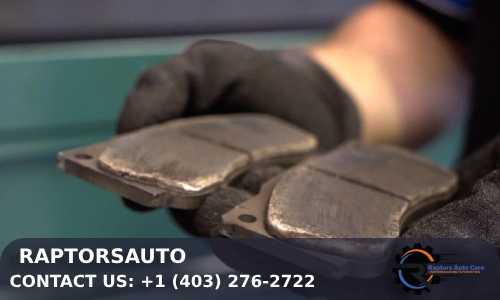
Avoid These Common Brake-Wasting Habits
- Tailgating: Driving too close means constant braking. It’s hard on your pads and stressful to your nerves. Give yourself time and space to react.
- Driving with a Foot on the Brake: This habit creates constant pressure and heat buildup. Over time, this not only wears pads prematurely but can warp rotors and glaze the surface, reducing braking efficiency.
- Ignoring Small Issues: Chirps, shakes, or vibrations often signal a problem. Don’t wait until your car starts pulling or grinding. Addressing issues early helps extend the life of brakes.
- Skipping Scheduled Maintenance: It might seem like you’re saving money, but deferred maintenance usually means higher costs in the long run. Stay on top of your vehicle’s schedule.
👉 Discover the Warning Signs of Worn Brake Pads Before Your Safety Is at Risk 👈
Environmental Factors That Affect Brake Longevity
- Hilly or Mountainous Terrain: Frequent descents require repeated braking, which generates extreme heat. Using engine braking in combination with traditional brakes helps distribute the load.
- Stop-and-Go Traffic: In busy city driving, you might brake hundreds of times per hour. This constant cycle takes a toll. Try to plan off-peak driving or use public transit when possible.
- Seasonal Conditions: Road salt, ice, and snow can lead to corrosion and rust buildup. After winter, have your braking components inspected and cleaned thoroughly. Wet conditions can also reduce brake effectiveness.
- Road Surface Quality: Uneven or poorly maintained roads can cause excessive vibration and strain on the suspension and braking system. Drive carefully in construction zones or on gravel roads.
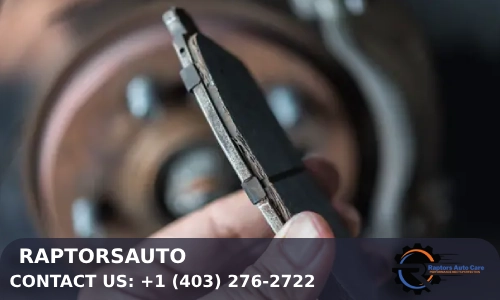
Final Thoughts: Prioritize Brake Health
Learning how to extend the life of brakes isn’t complicated—it takes consistent habits, awareness, and smart maintenance. Your brakes are your last line of defense in an emergency. Keeping them in top condition ensures every stop is smooth, safe, and reliable.
If you notice any signs that your brake pads should be replaced when braking starts to feel off, squeaky, or delayed, don’t wait. Address the issue now and avoid bigger repair bills later.
Need Help?
For professional service, inspections, and expert advice, you can count on raptorsauto in Calgary, Canada. Their experienced team can help extend the life of brakes and keep your vehicle in top condition, no matter what you drive or how you use it. Get in touch with our experts today.

